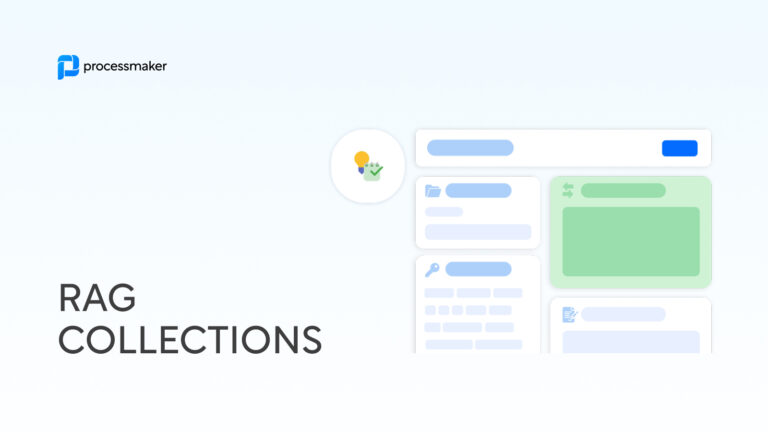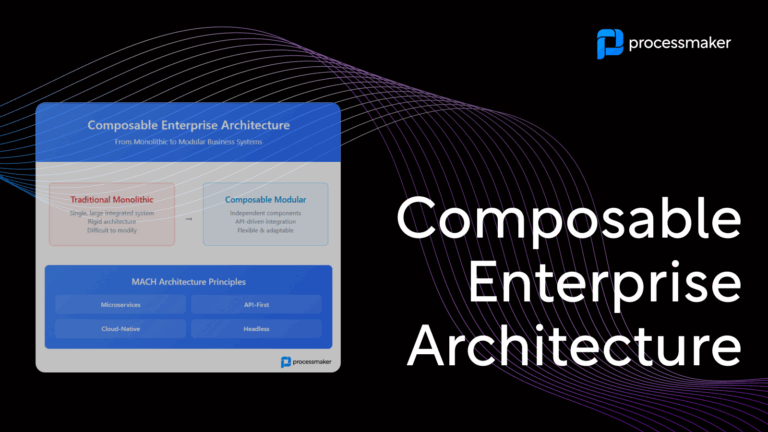Workflow Functionality in ERP and CRM Software Suites
Have you ever wondered why most CRM and ERP solutions have such awful workflow functionality and workflow feature sets bundled into their product? Have you ever heard anyone say that they like the workflow functionality in SAP, QAD, Epicor, Infor, Oracle, or SAGE, or any other ERP system?
Of course there are exceptions, but the answer is usually “no.” The workflow functionality is usually not at all good in most CRM and ERP suites (of course, there are a few exceptions).
But why? Why do most CRM and ERP systems have such poor workflow feature sets and workflow functionality?
Enterprise ERP and CRM
Every CRM and ERP selling to the mid market or to the enterprise market claims “workflow” on its list of features. You know what I am talking about. It is either on a specifications sheet, or a pricing sheet, or an interior page of the website. Usually, it is not offered in the most basic version of the product. Usually, it is only available in the more expensive “advanced versions.”
Have a look at the SalesForce CRM price page for an example. You will see below that the Workflow functionality (“customize and automate processes) is not available for $25 per user per month, and it is only partially available for $75 per user per month. Starting in the $150 per month plan, you get full access to the workflow feature set.
The Problem
Unfortunately, from the thousands of CRM and ERP vendors that claim to have a workflow feature set, there are probably only a handful that do workflow well. Let’s see why.
Workflow functionality is not a core feature set for the ERP or CRM. The core features for the ERP and the CRM revolve around a core data driven system that focuses on CRUD (Create, Update, Delete) style interfaces. Workflow is different – it involves prescribing what happens next (usually through a visual designer) and then making sure tasks get executed according to the designed pattern. Workflow involves complex concepts of rights management, token flows, audit trails, and more. CRUD systems on the other hand focus on the freedom of allowing the user to decide what action to take next.
Workflow functionality is not the only feature set that is not core to most systems. Reporting and Business Intelligence is another great example. Just like Workflow and BPM, Reporting/BI is another feature set that everyone expects to see in every tool. Most vendors try and add it themselves. And the outcome is almost always the same as the situation I am describing with regards to workflow functionality.
Complexity of Product Management
Eventually, feature sets like workflow functionality (BPM) and reporting/BI “creep” into these products. It happens with all products, and it is called Scope Creep. Scope Creep often happens thanks to the requirements of those large “stretch” clients. This is the type of client that comes to the CRM or ERP vendor and says, “we love your product, but we need it to do these additional 10 things.” Workflow, at some point, ends up being on that list of additional things that those enterprise clients want.
Opportunistic vs. Strategic Product Management
The ISV says, “Sure, we can add that feature for you.” However, the feature set is new and it is usually poorly understood by the team. They are not making a strategic decision to add the new feature set. Instead, it is an opportunistic decision. That is the crux of the problem.
Most companies, especially in the early stage, end up growing opportunistically and not strategically. As a result, the product roadmap gets filled with a clutter of features. This feature clutter or scope creep ends up filling the product with poorly designed features. The features are added because of the perspective of the singular initial customer that asked for the features. Again, the company only has time to build the feature set to meet the requirements put forth by sales in order to chase the initial opportunity. Most product teams always hope that they will be able to go back to the feature set later and fix or complete the feature set. But they almost never do.
At first the sales team is excited about the new feature. “Yippee!!” – finally we have [insert the feature],” they say. However, after winning a few customers or maybe just pitching a few possible new customers, the business learns that the feature is not a strategic selling advantage. If fact, it has become a strategic disadvantage. Current accounts are complaining about the feature so the sales team becomes more and more hesitant to sell based on the feature. Of course, the product team wants to improve it. However, it is not their core area of expertise, their roadmap is already too full, and they just don’t have the team to do it.
Regardless, the feature does end up serving two important purposes:
- Marketing puts it on the website and product documents
- The company can check the box for that particular feature in the next RFP
The cycle goes on and on. Sound familiar? It should – every ISV in the world has lived through this story and continues to do so over and over.
Microservice APIs
The good news is that today it is possible to include best of breed feature sets in a product using third party microservices APIs. Five years ago this was not nearly as easy as today. Today, there are perfectly performant microservices for telephony (twilio), payments (stripe), connectors (cloud-elements), etc. These microservices can be added into any “app” today.
ProcessMaker has now done the same for workflow orchestration. We have create a perfectly performant, ultra scalable microservices API for workflow orchestration. Our microservices API makes it extremely simple and cost effective to add world class workflow to any enterprise software such as ERP or CRM. For that matter, the same rules apply for DMS, iPaaS, ECM, and other vendors of enterprise software. Microservices are the new way that product teams should be growing their product. And when there is a best of breed 3rd party microservice that can be used for non-core features, that is often going to be the best solution.
Stay tuned to my next blog for a more technical look at how the ProcessMaker I/O API and true workflow functionality can be added to an example CRM software.




